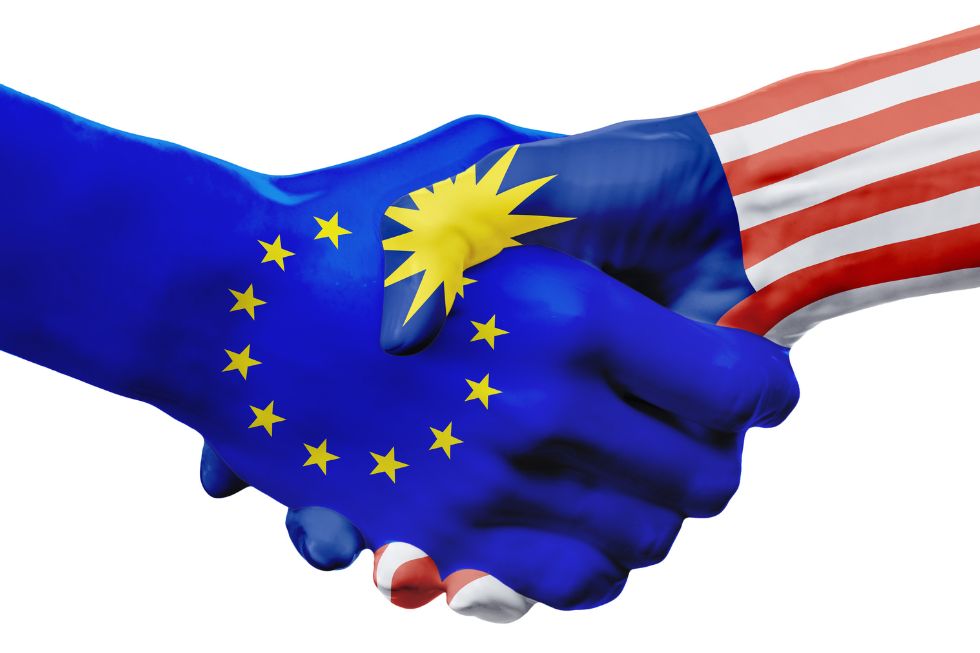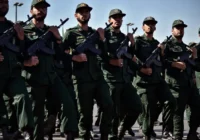In today’s rapidly changing global landscape, the European Union, particularly Eastern European nations, has a strategic opportunity to enhance cooperation with Southeast Asia. As global powers like the United States, Russia and China dominate the balance of power, smaller nations must seek greater autonomy by forming new alliances. Such partnerships could allow both Eastern Europe and Southeast Asia to amplify their influence, navigating the complexities of a shifting international order.
Both Eastern Europe and Southeast Asia often find themselves at the periphery of global decision-making, despite playing key roles in global events. For instance, while fighting fiercely for sovereignty, Ukraine has faced challenges in influencing broader political dynamics. Limited resources, military constraints and insufficient global representation contribute to this difficulty, a struggle also familiar to many Southeast Asian countries.
Strengthening ties between Eastern European countries such as Poland, the Baltics and Slovakia, and Southeast Asian nations like Japan, South Korea and the Philippines, could provide an avenue for mutual self-determination. This partnership would help smaller states align their interests in ways that larger powers often overlook. Global events like US presidential elections, the war in Ukraine and China’s aggressive economic policies have far-reaching effects on these regions, introducing risks that may not be the primary concern of dominant powers.
Pursuit of partnerships
While existing initiatives within NATO and the EU have laid the groundwork for some cooperation, they still operate under the influence of a few powerful states. To maximize their potential on the global stage, Eastern European and Southeast Asian nations must explore partnerships that emphasize greater independence and equal decision-making.
The EU has already fostered economic cooperation with Southeast Asia through agreements like the European Union–Vietnam Free Trade Agreement (EVFTA) and the European Union–Singapore Free Trade Agreement (EUSFTA). These agreements open up new markets and strengthen trade ties, providing a platform for Eastern European countries, such as Poland, to expand exports, especially in sectors like renewable energy technologies, machinery and chemicals.
In terms of security, NATO’s operations in the Asia-Pacific — primarily focused on counter-piracy and anti-terrorism have indirectly benefited Eastern European nations like Estonia and Latvia, which rely on secure international trade routes. Although NATO’s formal role does not extend deeply into Southeast Asia, there is growing collaboration in counter-terrorism and cybersecurity, which further strengthens the security frameworks of Eastern Europe.
Benefits of Eastern European–Southeast Asian cooperation
The economic benefits of cooperation between these regions are undeniable. Southeast Asia’s rapidly-expanding markets present a prime opportunity for Eastern European nations like Poland, Ukraine and the Baltic States to diversify their economies beyond their traditional reliance on Western Europe. Eastern European countries have strong industrial sectors, especially in manufacturing and energy, which align with Southeast Asia’s need for infrastructure, energy solutions and high-tech products. In turn, Southeast Asia offers an expanding consumer base and growing sectors in biotechnology, Information and Communication Technology and manufacturing — areas in which Eastern Europe can make inroads.
Both regions also share common security concerns. Eastern Europe faces direct threats from Russia while Southeast Asia grapples with challenges posed by China’s regional ambitions. Despite these differences, lessons learned from Ukraine’s resilience in the face of Russian aggression could offer valuable insights for Southeast Asian nations aiming to safeguard their sovereignty. Joint defense exercises, intelligence sharing and enhanced military cooperation could further improve security for both regions.
As Eastern Europe’s digital sector continues to grow, particularly in countries like Estonia, Southeast Asia stands to benefit from expertise in areas like e-government, cybersecurity and smart cities. Conversely, Eastern Europe can learn from Southeast Asia’s rapid advancements in mobile technology and e-commerce platforms, where Southeast Asia has outpaced many other regions.
Challenges and solutions
Despite these opportunities, several challenges remain. Eastern European countries often find themselves constrained within broader EU or NATO frameworks, with their foreign policy decisions heavily influenced by larger EU members like Germany or France. Similarly, NATO’s priorities are often shaped by the US, limiting the ability of Eastern European nations to fully engage in independent partnerships with Southeast Asia.
Moreover, Southeast Asia’s dependence on China complicates the situation. Many Southeast Asian nations are cautious about antagonizing China, which could limit their willingness to deepen ties with Eastern Europe, particularly given Russia’s ongoing role as an ally to several Southeast Asian countries.
To navigate these challenges, both regions should take gradual, incremental steps. They can begin by focusing on non-contentious areas like trade, technology and cultural exchange. Multilateral organizations such as the Association of Southeast Asian Nations (ASEAN) Regional Forum (ARF) and the EU–ASEAN dialogue provide platforms for both regions to build consensus on broader security concerns without escalating geopolitical tensions.
While the road to deeper cooperation between Eastern Europe and Southeast Asia is not without its obstacles, the potential for mutually beneficial partnerships remains strong. By focusing on economic, technological and security cooperation, Eastern European countries like Poland, Ukraine and the Baltic States can reduce their dependence on traditional allies and assert greater autonomy on the global stage. Leveraging existing frameworks like the EU and NATO while navigating the complex geopolitical landscape will be crucial in fostering ties that give both regions a stronger voice in global affairs.
[Lee Thompson-Kolar edited this piece.]
The views expressed in this article are the author’s own and do not necessarily reflect Fair Observer’s editorial policy.
Support Fair Observer
We rely on your support for our independence, diversity and quality.
For more than 10 years, Fair Observer has been free, fair and independent. No billionaire owns us, no advertisers control us. We are a reader-supported nonprofit. Unlike many other publications, we keep our content free for readers regardless of where they live or whether they can afford to pay. We have no paywalls and no ads.
In the post-truth era of fake news, echo chambers and filter bubbles, we publish a plurality of perspectives from around the world. Anyone can publish with us, but everyone goes through a rigorous editorial process. So, you get fact-checked, well-reasoned content instead of noise.
We publish 2,500+ voices from 90+ countries. We also conduct education and training programs
on subjects ranging from digital media and journalism to writing and critical thinking. This
doesn’t come cheap. Servers, editors, trainers and web developers cost
money.
Please consider supporting us on a regular basis as a recurring donor or a
sustaining member.
Will you support FO’s journalism?
We rely on your support for our independence, diversity and quality.











Comment